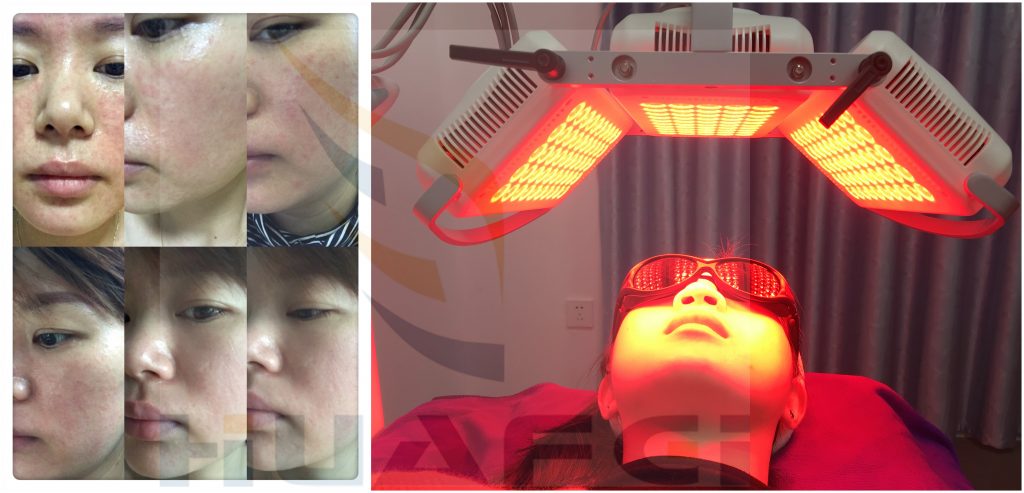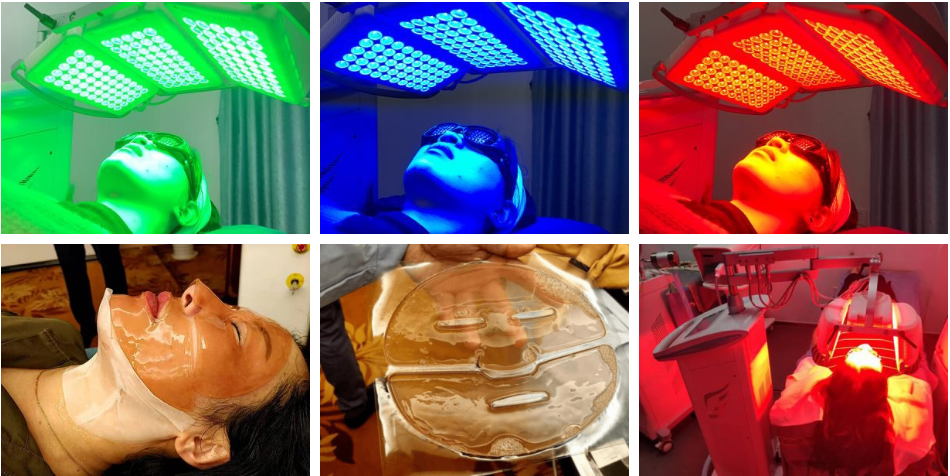The survey data of “Expert Consensus on Diagnosis and Treatment of Sensitive Skin in China” shows that the incidence of sensitive skin among Asian women is 40%~55.98%, and the incidence among Chinese women is 36.1%, which means that every three Chinese young ladies, Maybe one of them is sensitive skin.
Are the fairies with sensitive skin really missing medical beauty? Is sensitive skin really a “medical beauty insulator”?
But in fact, the words need not be so absolute. Whether sensitive skin can be used for medical beauty depends mainly on the specific condition of the skin and what items you want to do.
Sensitive skin is not in the “cracked state” of sensitive skin, redness, dry and exploded acne 365 days a year, right?
The skin in the acute phase of allergies is red, hot, itchy, and stings and bursts. At this time, it is best to stop all skin care products that may irritate the skin, of course, including medical beauty items, because the light, gel, anesthetics, etc. used in the medical beauty process may cause additional irritation and increase the burden on the skin.
Therefore, in the acute phase of allergies, wash your face obediently with clean water, do simple moisturizing and sun protection, and consider the rest after the skin recovers.
When the skin is relatively stable, you can do some mild photoelectric projects, which can help reduce inflammation, antibacterial, and improve redness. However, you must go through a skin test before treatment, and pay attention to skin sedation and physical cooling after finishing.
The medical beauty project I want to recommend to the sensitive skin fairies today is red and blue light.

Red, blue, and yellow light irradiation, generally visible light with a wavelength of 560nm-780nm, promotes the proliferation of epidermal cells and protein synthesis to achieve the effect of repairing and “thickening” the skin.
Red light with a wavelength of 625±10nm is called bioactive light, suitable for acne-prone skin, sensitive skin, and aging skin, with a wavelength of 633±10nm. It is a multifunctional light that can repair wounds and improve allergic reactions; red light can inhibit inflammation by inhibiting cyclooxygenase, and it can also promote blood circulation, stimulate collagen regeneration and reduce the formation of acne scars.
In addition, red light also has a good anti-inflammatory effect, which can promote skin barrier repair and prolong the recurrence cycle of lesions.
Blue light is suitable for acne-prone skin, oily skin, and sensitive skin. The wavelength is 405-470nm (different instruments have different wavelengths and different depths of action)
Propionibacterium acnes is the root cause of acne. Propionibacterium acnes can produce porphyrins (lin). Porphyrins have certain photosensitive properties. Under the irradiation of blue light, porphyrins will produce singlet oxygen after absorbing light. Propionibacterium acnes is an anaerobic bacteria, so it will die when exposed to oxygen.
Therefore, blue light can reduce inflammation, sterilize and calm down. It also purifies the skin and has certain effects on congestion and pain.
It is worth noting that the precision (wavelength) and irradiation intensity of home phototherapy equipment is far less than that of medical equipment, so friends with acne still have to go to the hospital for treatment. In addition, light has a certain stimulating effect on the skin and cannot be irradiated every day. The frequency of irradiation should also refer to the doctor’s advice.

Finally, yellow light is suitable for sensitive skin and aging skin. Wavelength: 590nm.
Yellow light can improve the alternate function of cellular oxygen: it can promote blood circulation, lymphatic drainage, increase capillary toughness, improve skin immune function, and reduce skin sensitivity; it can also decompose pigments and lighten spots.
Yellow light can directly act on cell membranes, mitochondrial membranes, and cell nuclear membranes, causing a series of photo-biological stimulus responses, thereby fine-tuning the function of cells, producing a self-repairing process, and promoting tissue repair, reducing inflammation, etc., so as to achieve soothing and calming. Reduce skin sensitivity and repair skin barrier function.
Yellow light with a wavelength of 590nm is at the peak of human hemoglobin absorption. After being absorbed by the skin, it can have a therapeutic effect on the expanded capillaries, inhibit the hyperresponsiveness of blood vessels and nerves, enhance the skin’s resistance and tolerance, and is sensitive to sensitivity Various symptoms of the skin play a role in relieving and healing.
The effect of the three colors of light is not too different, the red and blue light are generally used more, and acne-prone skin can also be taken.
![]()
